Last updated on
Discover the essential steps to properly label food in a commercial kitchen, ensuring safety and organization for an efficient culinary experience.
As a restaurant owner or chef, ensuring that your food is safe and properly labeled is not only important for the health of your customers but also for the success of your business. Proper labeling can help you keep track of inventory, minimize waste, and avoid costly mistakes.
In this article, we’ll discuss some essential tips on how to label food in a commercial kitchen to ensure that everything is organized and easily identifiable. So whether you’re just starting out or looking to improve your current labeling system, read on to learn more!
What's Inside
Intro to Food Labeling
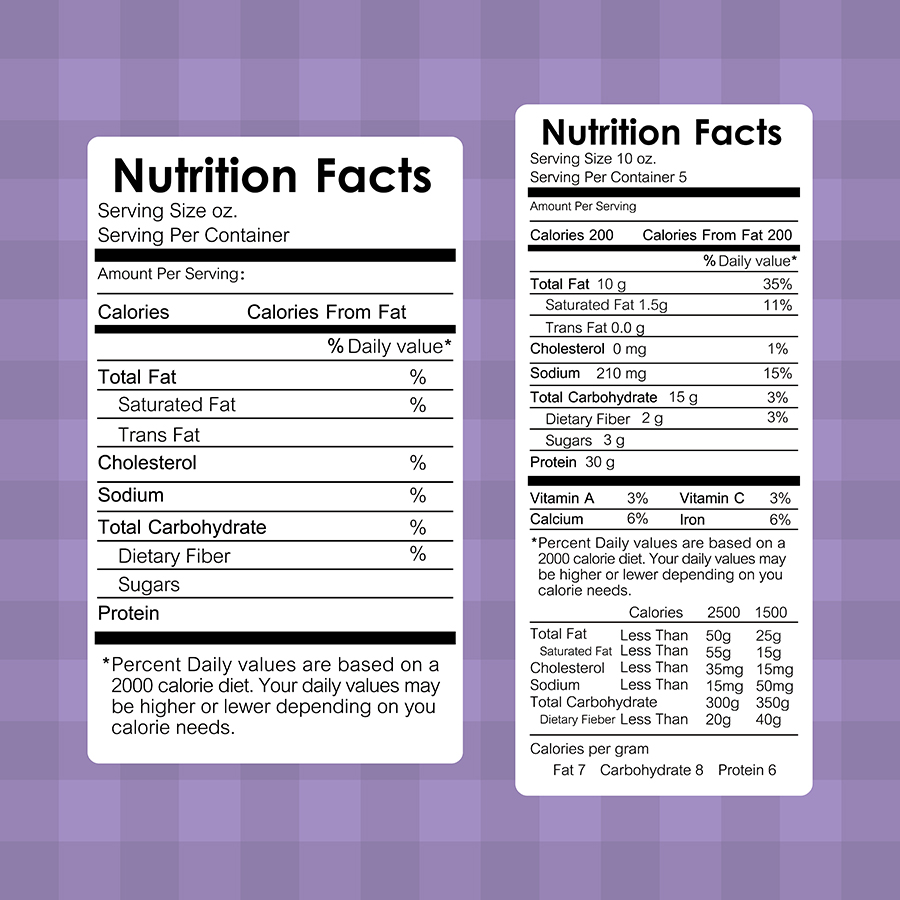
Food labeling is the process of providing information about a food product on its packaging. It includes details such as ingredients, nutritional value, and allergen warnings.
In commercial kitchens, proper labeling is crucial to ensure that food products are safe for consumption and meet legal requirements.
Labeling also helps chefs and restaurant owners keep track of inventory by indicating when a particular item was prepared or received. This information can help reduce waste by ensuring that older items are used first before they expire.
In addition to safety concerns, proper labeling in commercial kitchens can also improve organization and efficiency. By clearly identifying each item with labels containing essential information like preparation date or shelf life guidelines, kitchen staff can easily locate what they need without wasting time searching through unmarked containers.
Importance of Labeling

Firstly, it helps to ensure the safety of your customers by providing information on allergens and potential hazards. Secondly, labeling can help reduce food waste by allowing you to keep track of expiration dates and use products before they spoil.
Proper labeling can aid in organizing your kitchen and simplifying inventory management.
Moreover, accurate labels are essential for legal compliance with local health department regulations regarding food storage and handling practices. Failure to comply with these regulations could result in hefty fines or even closure of the establishment.
Enhancing Food Safety
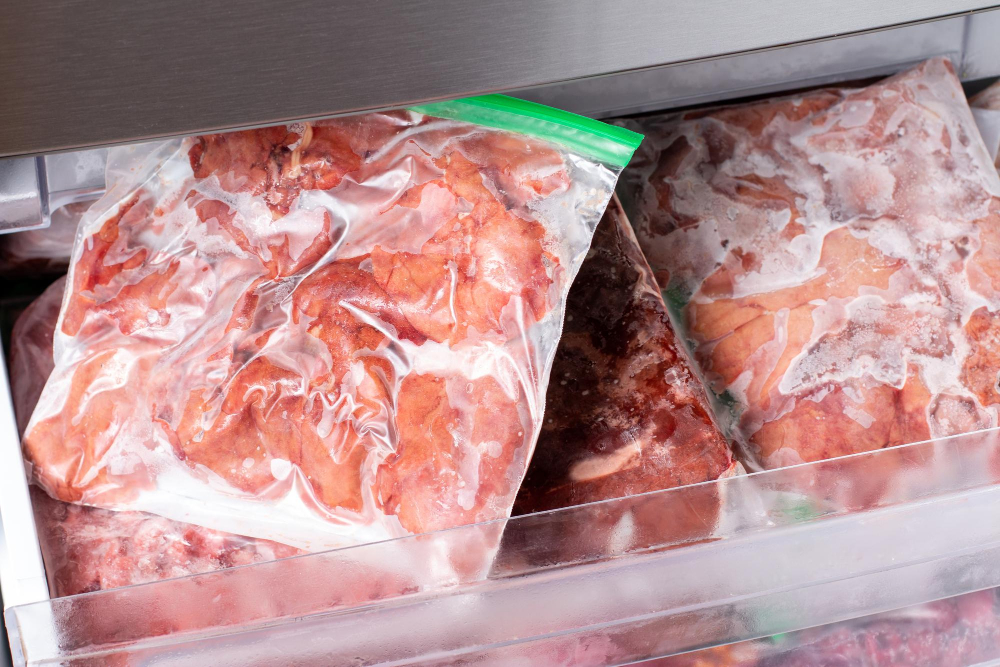
By clearly labeling all items, you can easily identify the contents of each container and ensure that they are stored at the correct temperature. This helps to prevent cross-contamination and reduces the risk of spoilage or contamination.
In addition to proper labeling, it’s important to follow other best practices for food safety in your commercial kitchen. These include:
- Regularly cleaning and sanitizing all surfaces
- Properly storing raw meats away from ready-to-eat foods
- Ensuring that all staff members wash their hands frequently
- Monitoring temperatures regularly with calibrated thermometers
By implementing these practices alongside proper labeling techniques, you can create a safe environment for preparing and serving delicious meals while minimizing health risks associated with improperly handled foods.
Reducing Food Waste
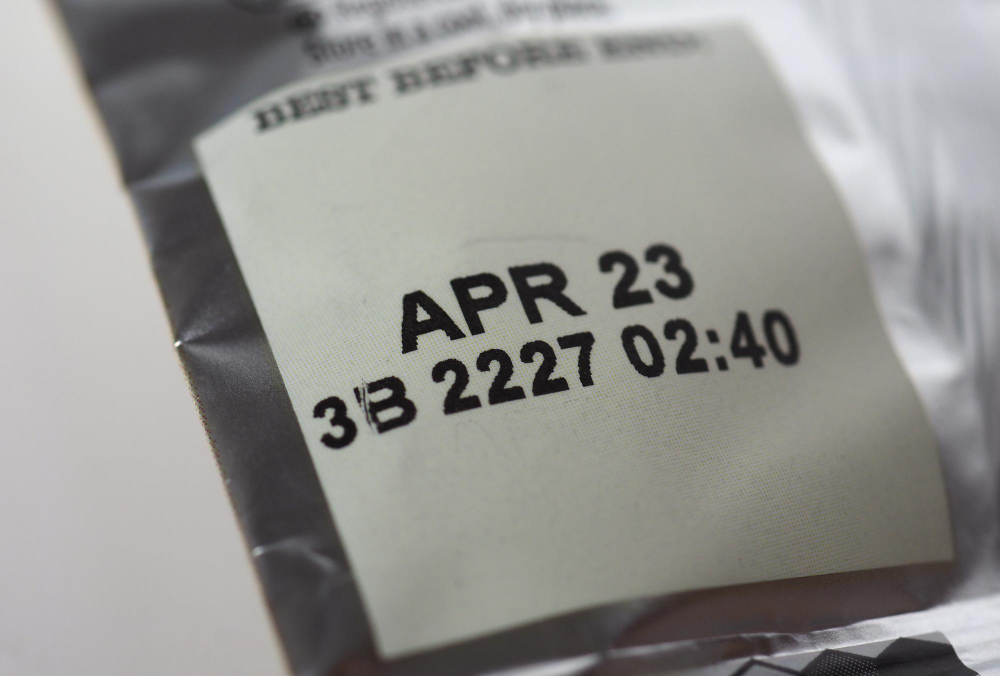
By clearly marking the date and time that food was prepared or opened, you can easily keep track of when it needs to be used by. This helps prevent spoilage and ensures that your ingredients are always fresh.
Using a color-coding system for labels can help you identify which items need to be used first based on their expiration dates. This way, you won’t accidentally use an ingredient past its prime or let it go bad before getting around to using it.
Organizing the Commercial Kitchen
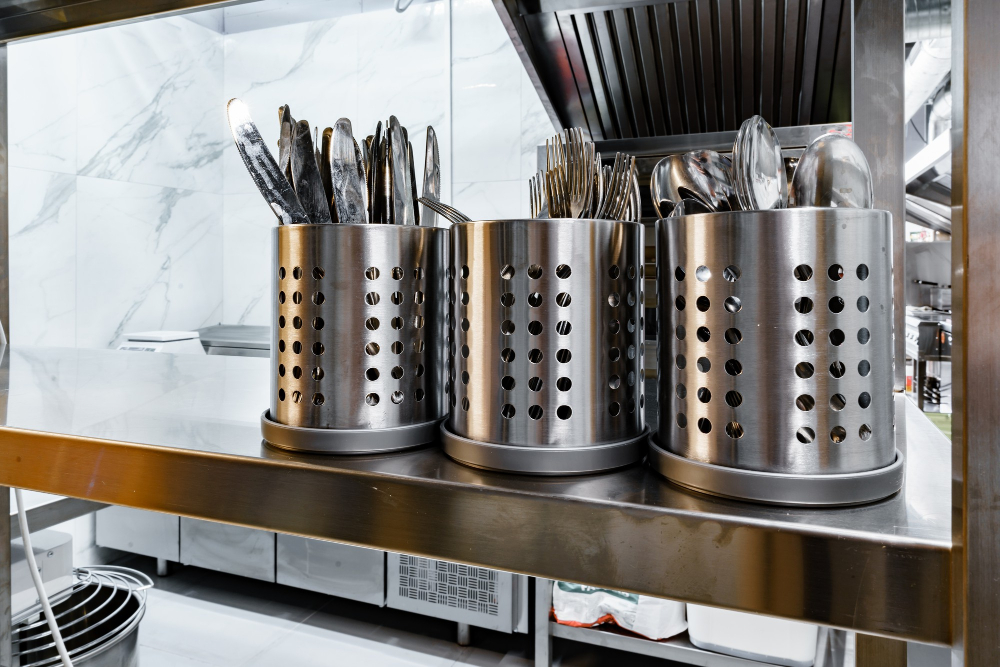
Proper organization can help reduce waste, minimize errors, and improve overall productivity. To achieve this, it’s important to have a designated space for each item in your kitchen.
Start by grouping similar items together such as utensils or cookware. Store them in easily accessible locations near where they will be used most frequently.
For example, keep pots and pans close to the stove while knives should be stored near cutting boards.
Another way to organize your commercial kitchen is by creating stations based on specific tasks such as prep work or cooking. This helps streamline workflow and reduces clutter around individual workstations.
In addition to organizing physical items within the kitchen space itself, consider implementing digital tools like inventory management software that can help you track ingredients usage levels more accurately so you know when it’s time reorder supplies before running out of stock unexpectedly during peak hours of operation.
Simplifying Inventory Management
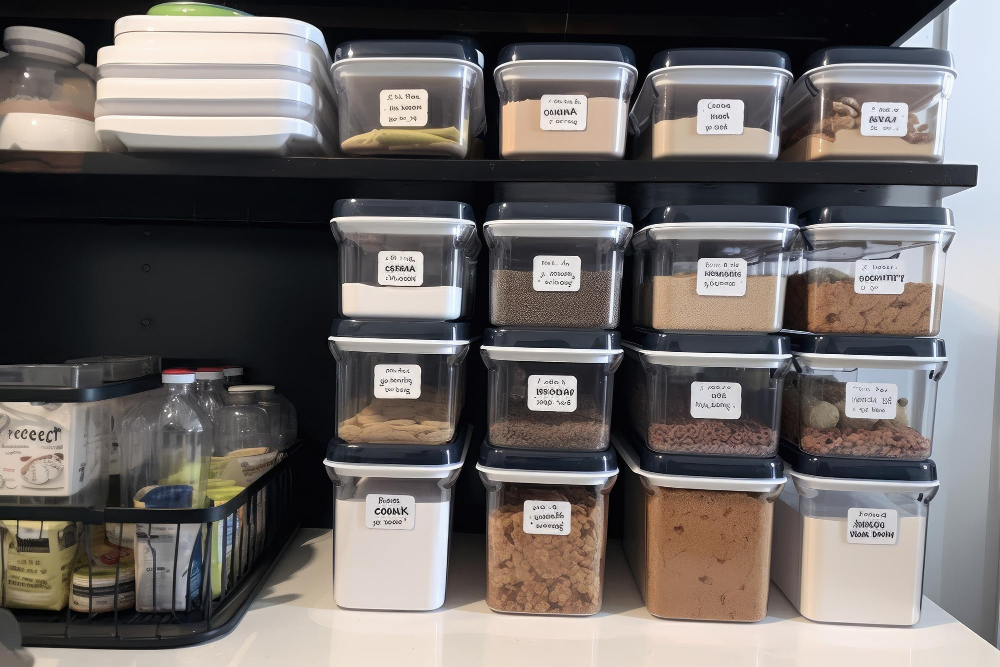
By clearly labeling and dating all items, you can easily keep track of what needs to be used first and avoid waste due to expired products. Using color-coded labels for different types of food or preparation methods can make it easier for staff members to quickly identify what they need.
To further streamline your inventory management process, consider implementing an electronic system that tracks the movement of ingredients from delivery through usage. This will not only save time but also reduce errors caused by manual tracking.
Legal Requirements
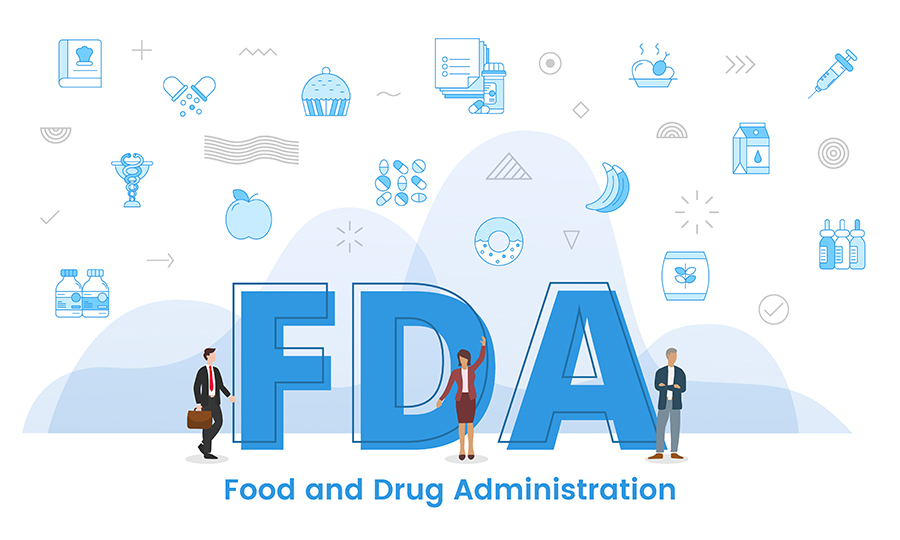
The Food and Drug Administration (FDA) has established guidelines for proper labeling of packaged foods, including allergen information, nutrition facts, and ingredient lists. Failure to comply with these regulations can result in fines or even legal action.
It’s important for restaurant owners and chefs to stay up-to-date on any changes or updates in these regulations as they can vary by state or country. In addition to FDA guidelines, local health departments may have their own specific requirements regarding food labeling.
Label Requirements in Commercial Kitchens
These requirements vary depending on the type of food and the regulations set by local health departments. However, some general guidelines can help ensure that your labels meet basic standards.
Firstly, all labels should include essential information such as the name of the product or dish and any relevant allergen information. You should include a use-by or sell-by date to indicate when the item was prepared and how long it can be safely consumed.
It’s also important to consider label placement within your kitchen space. Labels should always be placed where they are easily visible for staff members who need access to them while preparing dishes or taking inventory.
Types of Labels

The most common ones include dissolvable labels, permanent adhesive labels, and removable adhesive labels.
Dissolvable Labels: These are ideal for items that will be stored or cooked at low temperatures and have a short shelf life. They dissolve when exposed to water or heat and leave no residue behind.
Permanent Adhesive Labels: As the name suggests, these types of stickers adhere permanently to containers. They’re perfect for long-term storage as they won’t fall off easily but may require some effort to remove them completely.
Removable Adhesive Labels: These stickers stick well enough but can also be removed without leaving any residue behind. This type is best suited for items with shorter shelf lives or those that need frequent relabeling due to changing contents.
Choosing the right label type depends on your specific needs and preferences as well as legal requirements in your area regarding food labeling practices. Regardless of which label type you choose, make sure it’s easy-to-read with clear information about what’s inside the container along with important details such as expiration dates if applicable.
Information to Include
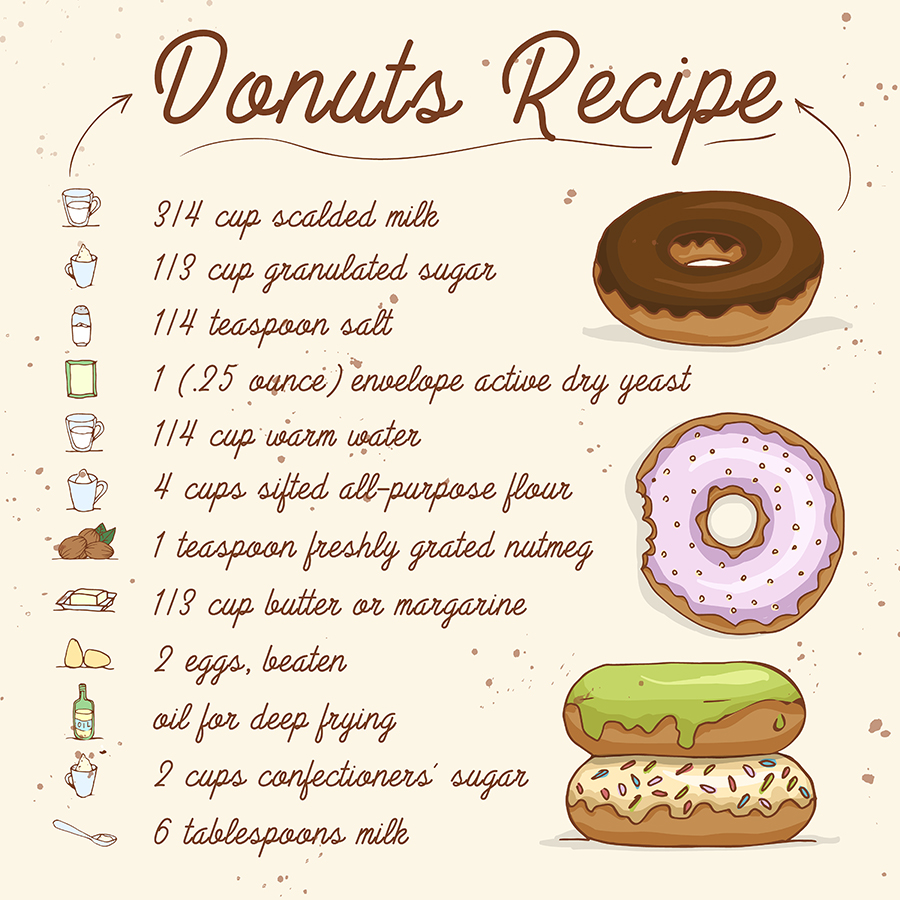
Not only does this help with organization and inventory management, but it also ensures that your customers are aware of what they’re consuming. Here are some essential pieces of information to include on your food labels:
1. Product Name: Clearly state the name of the product or dish.
2. Date: Include both preparation date and expiration date.
3. Ingredients: List all ingredients used in preparing the dish or product.
4. Allergens: Highlight any allergens present in bold letters for easy identification by staff and customers alike.
5. Quantity/Weight/Volume Information.
6.Cooking Instructions (if applicable).
7.Nutritional Information (optional).
Essential Information On Food Rotation Labels
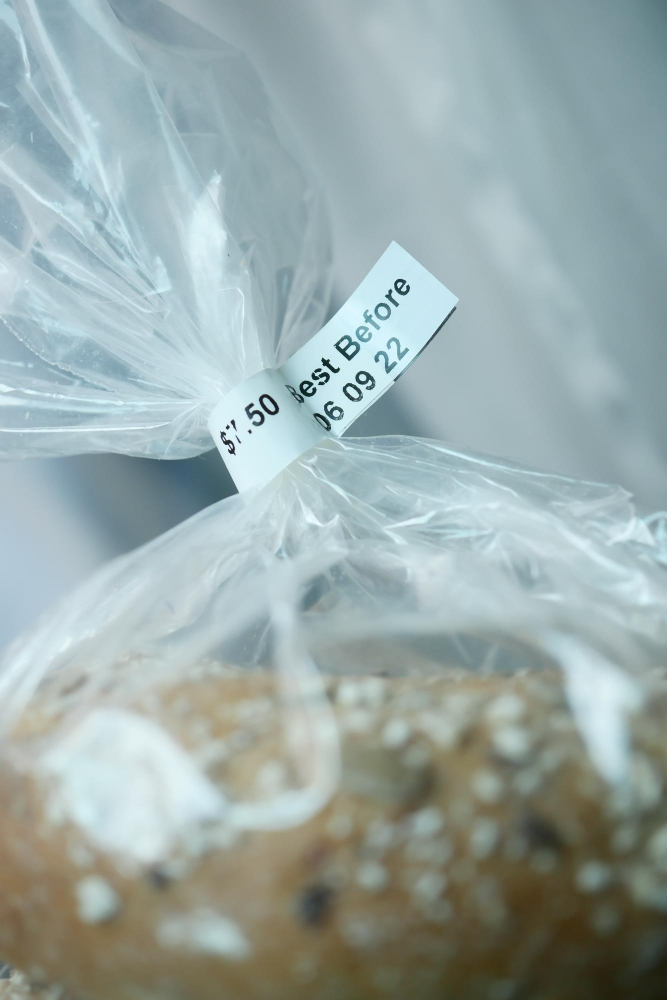
These labels help you keep track of when each item was prepared or received and when it needs to be used by or discarded. This is essential for maintaining freshness and quality while also reducing waste.
The information included on these labels should include the name of the product, date prepared/received, use-by date, and initials of who made/prepared it. It’s important to make sure that this information is clear and easy-to-read so that anyone can quickly identify what needs to be used first.
Using color-coded stickers can also help simplify your labeling system even further by allowing staff members to easily identify which items need attention based on their expiration dates. For example, red stickers could indicate items that need immediate attention while yellow may mean they still have a few days left before expiring.
Color-Coding System
By assigning a specific color to each type of food, you can easily identify which items belong together and avoid mixing them up. For example, red could be used for raw meat, blue for seafood, green for produce, yellow for poultry and white or clear labels could be used on ready-to-eat foods.
Using a color-coding system also helps with training new staff members as it provides visual cues that are easy to remember. It’s important to ensure that everyone in the kitchen understands the system so they can follow it consistently.
When implementing a color-coding system in your commercial kitchen make sure you have enough supplies such as colored tape or stickers on hand at all times. Regularly check labels’ condition during routine inspections since damaged or missing labels may lead to confusion among staff members.
Allergen Awareness
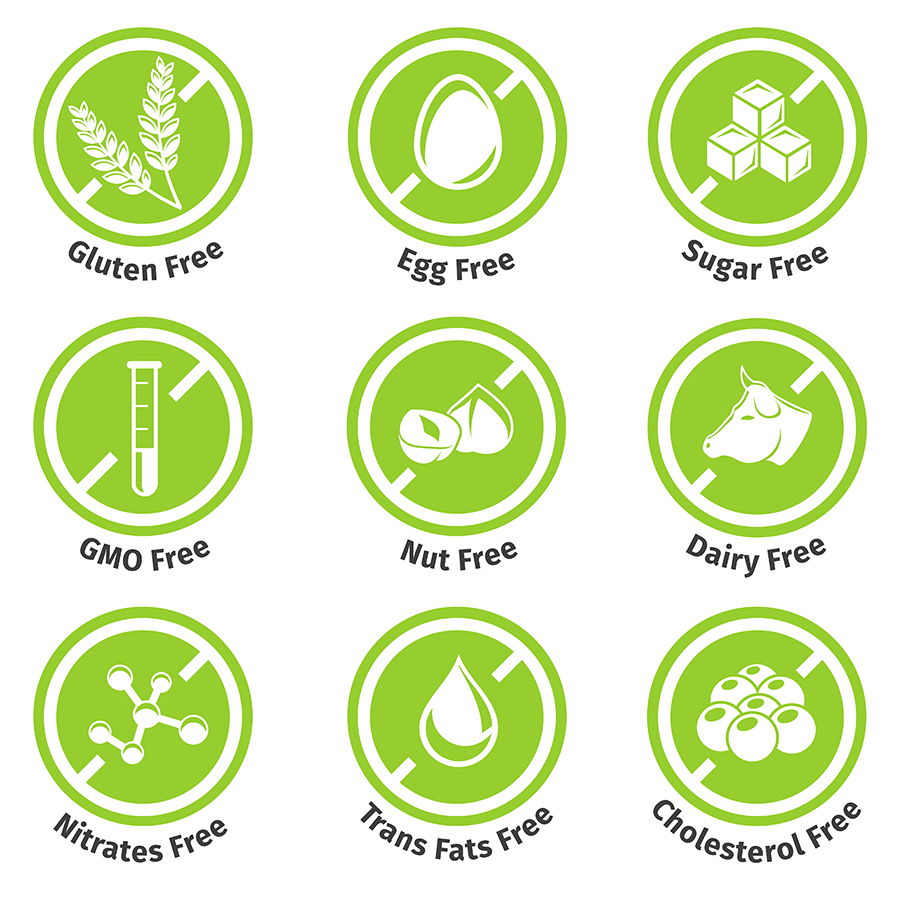
It’s essential to identify and label any allergens present in the food, as it can cause severe health issues for customers with allergies. The most common allergens include peanuts, tree nuts, shellfish, fish, soybeans, wheat products and dairy products.
To ensure that your kitchen staff is aware of these potential hazards and how to handle them properly when preparing meals or handling ingredients containing allergens requires proper training. Staff should be trained on how to read labels carefully before using any ingredient that may contain an allergy-causing substance.
It’s also important to have separate storage areas for ingredients containing known allergens such as nuts or gluten-free items so they don’t come into contact with other foods during preparation or cooking processes.
Label Placement

Proper label placement can help prevent confusion and mistakes, making it easier for staff members to identify items quickly.
One of the most important things to keep in mind when placing labels is visibility. Labels should be easy to read and located where they can be seen at a glance.
For example, if you’re labeling food containers or storage bins on shelves, place them at eye level so that staff members don’t have to bend down or strain their necks.
Another key consideration is consistency. Make sure that all labels are placed in a consistent location throughout your commercial kitchen so that everyone knows where to look for information.
Consider using color-coding as part of your labeling system. This can help make it even easier for staff members with different language abilities or reading levels by associating colors with specific types of food items (e.g., red = meat products).
Shelf Life Guidelines
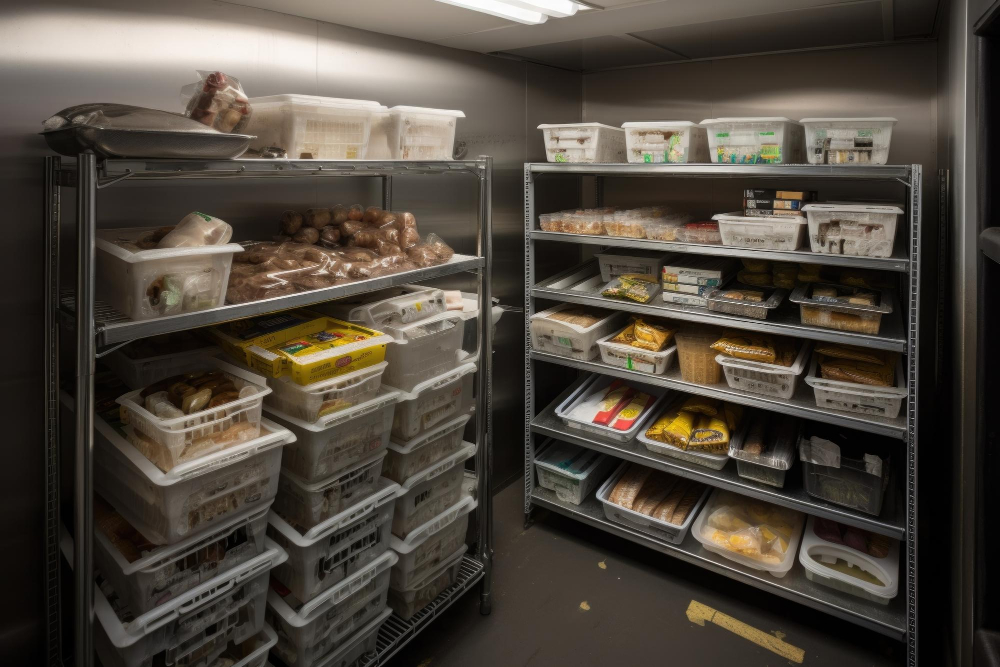
It is important to understand the shelf life of different types of foods and how long they can be stored safely before they expire. This information helps you avoid serving expired or spoiled food, which could lead to health hazards for your customers.
To determine the shelf life of a product, it’s crucial to consider factors such as storage temperature, packaging materials used, and preservatives added during production. For instance, perishable items like meat and dairy products have shorter shelf lives than non-perishable items like canned goods.
It’s also important to note that once a product has been opened or exposed to air or moisture; its shelf life may decrease significantly even if it hasn’t reached its expiration date yet. Therefore proper storage techniques should be employed at all times.
Temperature Labels

Temperature labels are used to monitor and track the temperature of food items, ensuring that they are stored at safe temperatures. These labels come in different forms, including time-temperature indicators (TTIs) and irreversible color-changing labels.
TTIs provide real-time information on how long a product has been exposed to certain temperatures. They can be placed directly on packaging or containers and change color when specific temperature thresholds have been reached.
Irreversible color-changing labels work by changing colors permanently once they have been exposed to certain temperatures for a set amount of time. This type of label is useful for monitoring products during transportation or storage where continuous monitoring may not be possible.
Dating for Food Storage
Properly dating your food items can help you keep track of their freshness and ensure that they are used before they expire. This not only helps to reduce waste but also ensures that customers are served fresh, high-quality meals.
When it comes to dating your food items, there are two types of dates you need to be aware of: “use-by” and “sell-by” dates. The use-by date indicates when the product should be consumed by for optimal quality and safety, while the sell-by date is used as a guide for retailers on how long they can display the product.
It’s important to note that these dates aren’t set in stone – some foods may still be safe after their use-by or sell-by date has passed if stored properly, while others may spoil before those dates due to improper storage conditions.
To ensure proper storage and rotation practices in your commercial kitchen, make sure all staff members understand how to read expiration labels correctly. Train them on what each label means so everyone knows which products need priority attention based on expiration status.
Label Maintenance
This means checking labels daily to ensure they are still legible and accurate. Labels that have become smudged or faded should be replaced immediately as they can lead to confusion and mistakes.
It’s also essential to make sure that all staff members are aware of the importance of maintaining the labeling system. Train them on how to properly label food items, where labels should be placed, and how often they need replacing.
Consider conducting regular audits of your labeling system every few months or so. This will help you identify any areas for improvement or potential issues before they become bigger problems down the line.
Training Staff

This will ensure consistency and accuracy in the labeling process, reducing the risk of errors or confusion.
Make sure all employees understand why proper food labeling is important and what information needs to be included on each label. Provide clear instructions on how labels should be filled out, where they should be placed, and when they need to be updated.
Regular training sessions can help reinforce these guidelines and keep everyone up-to-date with any changes or updates in the system. Encourage open communication between staff members so that any issues or questions can be addressed promptly.
Best Practices

Here are some tips on how to keep your labeling system organized and efficient:
1. Train all staff members: Make sure everyone who handles food is trained on proper labeling procedures.
2. Regularly check labels: Set up a schedule for checking labels regularly, so you can ensure they’re accurate and up-to-date.
3. Keep supplies stocked: Always have an ample supply of labels, markers, and other necessary materials on hand.
4. Use consistent language: Develop a standard set of terms or abbreviations that everyone understands when creating new labels.
5. Store labeled items correctly: Ensure that all labeled items are stored in their designated areas according to temperature guidelines and shelf life recommendations.
By following these best practices consistently over time, you’ll be able to maintain an efficient labeling system that helps reduce waste while ensuring the safety of your customers’ health as well as keeping track of inventory effectively!
FAQ
What is the correct way to label food?
The correct way to label food is by including the common name of the food, the date it was made, and the use-by date, especially for time and temperature control (TCS) foods.
How do you date label food in a commercial kitchen?
In a commercial kitchen, date label food by placing food rotation labels on storage bins, indicating the food type, date it was added, and the expiration date.
What is the importance of using color-coded labels for different food categories in commercial kitchens?
Color-coded labels are crucial in commercial kitchens as they help prevent cross-contamination, promote food safety, and streamline organization.
What are the guidelines for labeling allergens and special dietary requirements in a commercial kitchen?
In a commercial kitchen, guidelines for labeling allergens and special dietary requirements involve clearly indicating allergen information and special dietary needs on menus, product labels, and kitchen signage following legal regulations.
How can implementing inventory management systems improve the accuracy and efficiency of food labeling in a commercial kitchen?
Implementing inventory management systems in a commercial kitchen improves the accuracy and efficiency of food labeling by providing real-time data on ingredients, quantities, and expiration dates, ensuring proper tracking and compliance with food safety standards.




